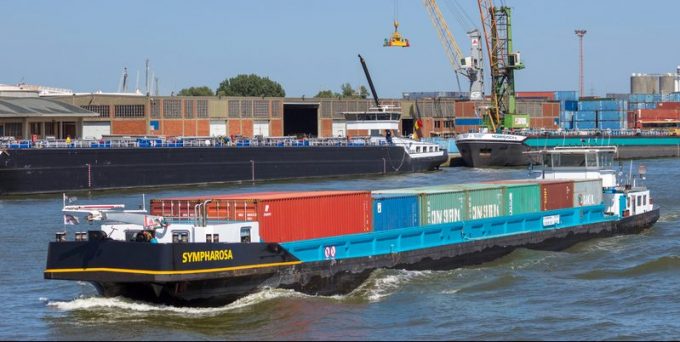Singapore to gain six Asia-North Europe calls in alliance reshuffle
Singapore, the world’s largest transhipment hub, has emerged as one of the clear winners in ...

Delays of more than a day are still plaguing northern Europe’s inland waterways after attempts to address the issues failing to have an impact.
Last May, the port of Antwerp announced an upgraded barge traffic system (BTS) as it sought to alleviate the congestion that had gripped it and Rotterdam for more than two years.
One source today told The Loadstar the new BTS had failed to deliver the expected improvements.
“This is not surprising, given that the crux of the problem surrounds the ...
Maersk u-turn as port congestion increases across Northern Europe
Apple logistics chief Gal Dayan quits to join forwarding group
Maersk Air Cargo sees volumes fall as it aims for 'margin in favour of revenue'
Airlines slash freighter capacity post-de minimis, but 'the worst is yet to come'
Houthis tell Trump they will end attacks on Red Sea shipping
Transpac rates hold firm as capacity is diverted to Asia-Europe lanes
MSC revamps east-west network as alliance strategies on blanking vary
India-Pakistan 'tit-for-tat' cargo ban sparks sudden supply chain shocks

Comment on this article